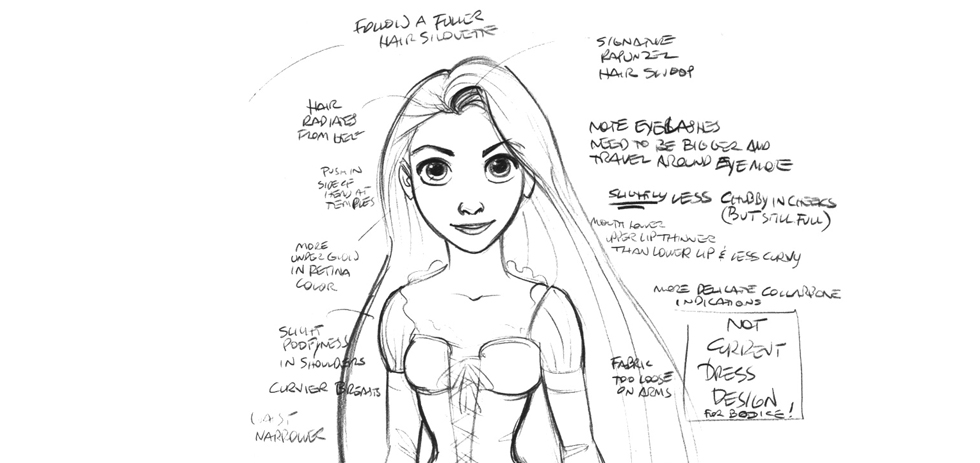Using Laura Mulveys Essay on Visual pleasure and Narrative Cinema as well as two other texts to either critique or support the points that Mulvey makes.
Key Points which Mulvey makes in her text:
1. Women have an erotic image that has been created by men.
2. A woman's main role within a feature is to be a sexual object.
3. A woman's presence within a film is distracting and has a negative impact on a films storyline.
4. Women are objects of the audiences desires as well as the men making the film.
5. In cinema, there is a drastic difference between the roles of men and women.
6. the idea of an active (male) and a passive (female)
7. Men project themselves onto characters on screen.
8. The Male Gaze.
Key Quotes
1."The determining male gaze projects it's fantasy onto the female figure."
2. "From pin-ups to strip-tease... she holds the looks, and plays to and signifies male desire."
3. "...her visual presence tends to work against the developments of the storying, to freeze the flow of action."
4. p.20 "In herself the woman has not the slightest importance." (Boettichair in Mulvey 2009 [1975]
5. p.20 "women displayed as sexual objects"
6. p.20 "...Bearer of the look of the spectator.."
Contextual Facts about Mulvey
1. tends to intersect film theory, psychoanalysis and feminism as a political weapon.
2. Heavily focuses on Classic Hollywood films and their structures and the roles which they portray.
3."The male gaze"
4. Professor of film.
5. Born in 1950's, grew up with women's liberty and sexual politics heavily surrounding her.
6. Feminist activist as well as a feminist writer.
7. Most well-known essay is centred around critiquing gender
Laura Mulvey attempts to combine and analyse feminism, film theory and psychoanalysis within her texts as a political weapon. She is an avant-guarde film maker, focusing mainly on the creative art cinema side. She is an academic professor of film, as well as a used-to-be feminism activist.
Mulvey focuses in on how women have an erotic image that has been developed and created by men, and how the male gaze impacts on how women are presented. A woman's role is to fufill the desires presented by men. "The determining male gaze projects it's fantasy onto the female figure, which is styled accordingly." The roles which women play are said to be distracting and negative from Mulvey's opinion. "...Her visual presence tends to work against the developments of the story line, to freeze the flow of action." Describing a woman's influence within a feature as distracting is a negative view...
The idea that women are aware and try to please men by playing the starring role in the males gaze is heavily focused in within Mulvey's essay. "...From pin-ups to strip-tease...she holds the looks, and plays to and signifies male desire." Woman are not only there to be looked at, but they are there to signify male desires as well as the audiences desires. It could be said that a woman's key role in a feature is to be looked at, and to be a sideline character. Mulvey quotes Boettichair saying "In herself the woman has not the slightest importance." This is a strong suggestion considering women are often seen playing the same roles. Women are often seen as weaker, side line characters.
The active (male) and passive (female) concept seems to be a structure that is heavily present in a variety of Classic Hollywood films. The idea that a woman is a desirable object that needs to be "won" is a key aspects in a wide range of films that involve a male and female protagonists. A lot of the time women are "displayed as sexual objects" that live up to male fantasies, whether it be the opposing actor on screen, director or the audience themselves.

















































